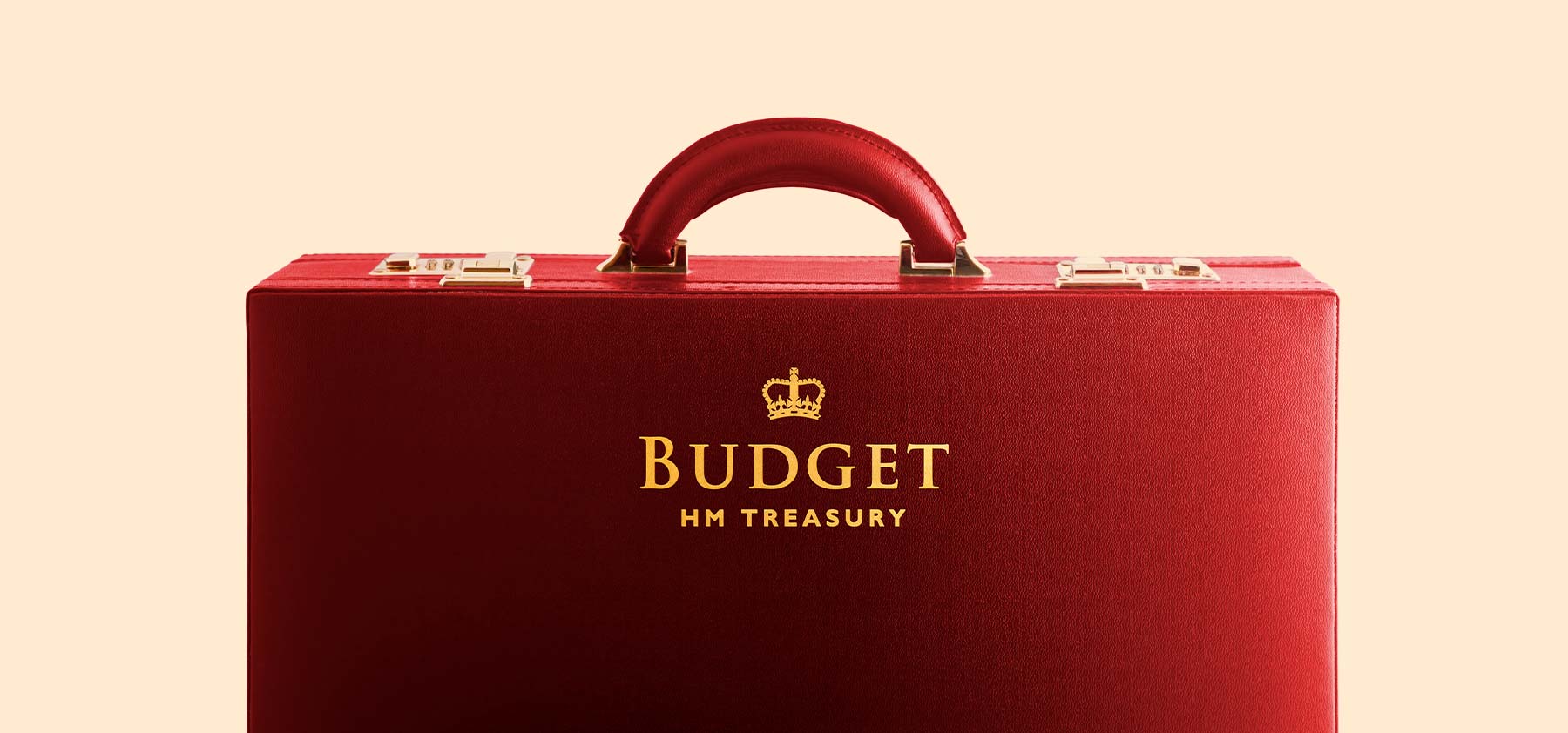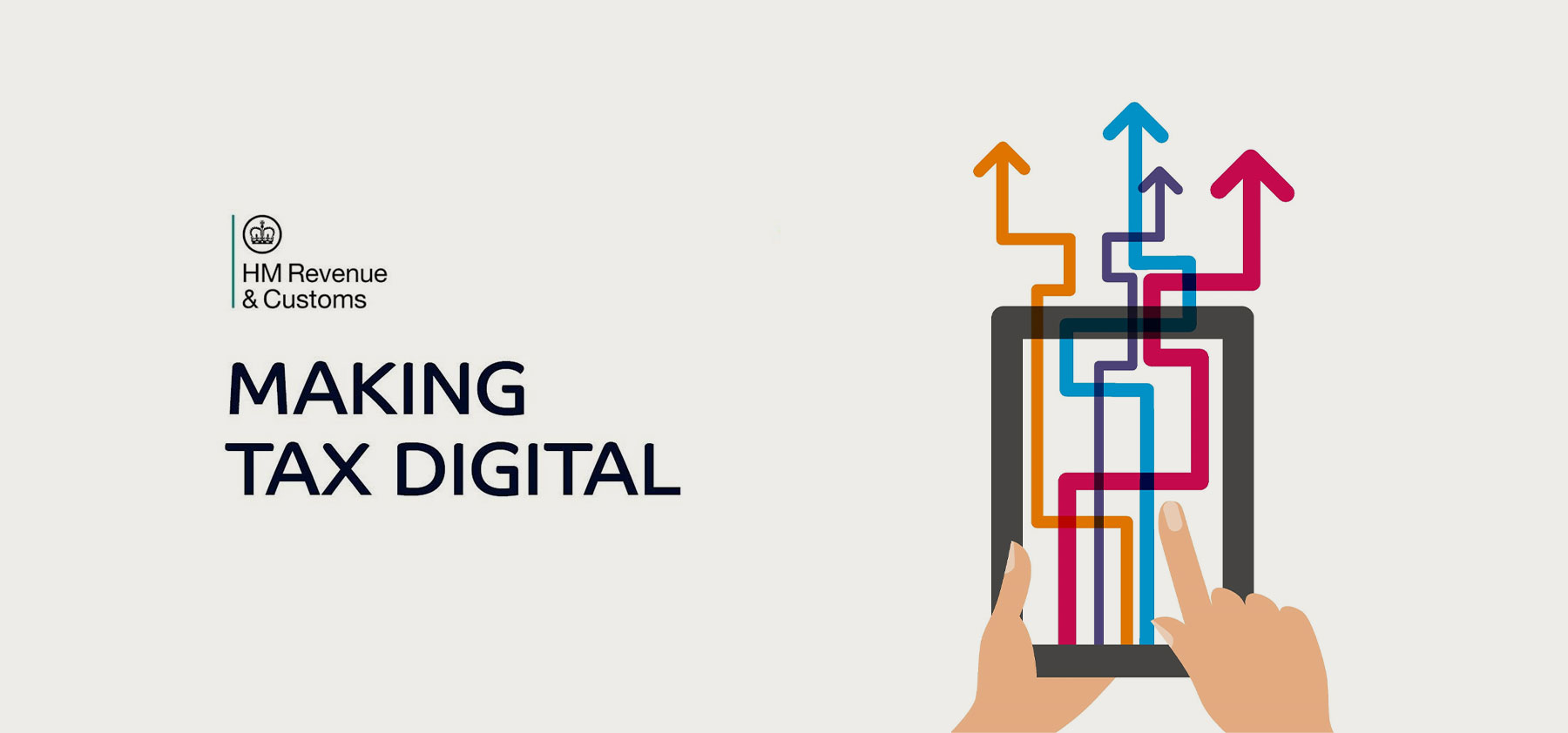
Battle lines drawn on tax – but is there a ‘conspiracy of silence?’

You’ve probably heard a fair bit about tax so far in this General Election campaign, with many claims and counter-claims thrown around by the major parties. How do we know what to really make of it? For seasoned political aficionados, it is familiar story at election time. Do the numbers add up? Can the country really afford the policies that have been put forward?
Well, for one leading independent voice on the economy and taxation, the Institute of Fiscal Studies, not enough has been said in the campaign about the harsh reality facing the UK and the tough decisions that are likely to need to be made – no matter what the party colours of the next Government may be. In fact it has accused the leading parties of a ‘conspiracy of silence’.
In a sobering assessment of the state of the country’s finances, the IFS has suggested the two major parties – Labour and the Conservatives – have been ‘ducking’ the trickiest tax choices that loom. The think-tank said the reality is that there is a ‘toxic mix’ of low growth and stifling repercussions from the Covid pandemic and energy crisis.
Paul Johnson, the IFS director, says that despite the lack of comment and mention in the party manifestos of the toughest decisions, as he sees them, the likelihood is that taxes will need to rise, or public services are likely to worsen.
He told the national newspapers: “The choices in front of us are hard. High taxes, high debt, struggling public services, make them so. Pressures from health, defence, welfare, ageing will not make them easier. That is not a reason to hide the choices or to duck them. Quite the reverse. Yet hidden and ducked they have been.
“They have singularly failed even to acknowledge some of the most important issues and choices to have faced us for a very long time. As the population ages these choices will become harder, not easier. We cannot wish them away.”
Labour has stated that it will not raise income tax, VAT or National Insurance. The Conservatives pledged the same but went further on NI, saying they would continue to reduce NI by a further 2p, whilst abolishing the main NI rate completely for self-employed by the end of the Parliament – a policy that has faced hard questioning.
The manifestos and summaries of tax proposals for all of the major parties standing at the election can be found online, if you want to delve deeper into the details before the vote. We’ll look more closely in the next newsletter at what the likely tax changes will be, once we know the outcome of the election.
Budget will loom following General Election result

Once the votes are all counted and we know who the winners and losers are in this year’s General Election on 4 July, minds will start turning to the implementation of the policies promised by the incoming party.
Whether the next Government is Labour, Conservative, a Coalition or an even more unexpected winner, such as the Lib Dems or Reform UK emerges, there will be a raft of pledges to be put into effect. That means another Budget.
Sometimes following a General Election, we have seen an ‘Emergency Budget’. In 2010 when the Conservatives and Lib Dems formed a Coalition Government, the first Budget came in June – just a month after the election was held. But in 2020, the first Budget came around three months after the Tories had secured victory with a significant majority.
When should we expect the next major fiscal event this time around?
There’s a good chance there will be a gap of a few months following the 4 July before the Budget is held. That is a likelihood because of the ramifications of the infamous ‘Mini Budget’ from Liz Truss in 2022 that sent shockwaves through the economy and ultimately led to her severely shortened reign as Prime Minister. On that occasion, the Chancellor did not wait for the Office for Budget Responsibility’s (OBR’s) assessment of the economic impact of policy announcements – and that was later highlighted as a reason for the fall out. So, assuming the next Government holds off for the OBR, that will mean around a 10-week wait, giving it the necessary time to produce its report. So, we could be look at around 10 – 17 September.
We may have an answer by the time of our next newsletter, and so we’ll await further developments.
Tax lost to error and ‘failure’ rises – four years on from digital tax

Whilst the main focus of the nation in terms of tax talk has all been about the General Election, some very interesting figures have been published this month by HMRC.
Have you heard before of the phrase the ‘Tax Gap’? The stats in question surround this topic. According to the Chartered Institute of Taxation, the definition of this gap is “the difference between the amount of tax that should, in theory, be paid to HMRC, and what is actually paid.”
The new report assesses the tax gap in 2022-23. The result was an estimated £39.8 billion, which is 4.8 per cent of tax liabilities, according to the CIOT’s assessment.
The publication of the report has shown the first four years of data since digital record keeping and quarterly digital reporting for VAT became compulsory as part of the Making Tax Digital (MTD) project.
The CIOT said: “HMRC stated that this (MTD) would ‘reduce the amount of tax lost to avoidable errors’. However, the amount of tax lost to both error and ‘failure to take reasonable care’ has increased significantly since then, though the overall ‘VAT gap’ has fallen since MTD began.”
The CIOT’s analysis found that the gap stands at a record high in cash terms but a record low as a share of the tax that should be collected, with some of the highlighted trends being a rising amount lost to non-payment due to corporate insolvencies, and big revisions upwards in corporation tax non-compliance by small businesses.
John Barnett, Chair of CIOT’s Technical Policy and Oversight Committee, said: “There is something for everyone in these figures. Critics of HMRC can point to a record amount – nearly £40 billion – not being collected, but HMRC can legitimately point out that they are bringing in a record share of the expected tax take. That both these things can be true simultaneously tells us more about current tax levels than anything else.
“There are some alarming revisions in these numbers, especially with respect to small business non-compliance. Rising numbers of business insolvencies (and general inability to pay) are also having an impact on tax collection.
“These figures show there is plenty of work for HMRC to do in a range of areas to reduce the tax gap. However, we should not lose sight of the fact that their record, collecting more than 95 per cent of tax due, compares well internationally.”
As Euro 2024 kicks off, tax spotlight takes a Football focus

Whilst many of you will have been tuned in to watch Europe’s top footballing nations battle it out in Euro 2024 in Germany, back in the UK there has been some attention on a rarely discussed aspect of the beautiful game – tax.
One strand of the conversation has been a debate around the possible introduction of a new 10% tax on Premier League transfers – a subject that has arisen during the election campaign.
The other thread of the discussion has been to do with suggestions that HMRC has missed out on millions of pounds in tax from player deals.
The first point was sparked after comments from the Shadow Culture and Sport Secretary, Thangam Debbonaire, who commented on the recent fan-led review of football governance, which proposed a 10% levy.
However, asked during a round of media interviews later, the Labour Leader Sir Keir Starmer then dashed the idea, saying it was not “part of our plans”.
The proposal from the review chaired by former Conservative MP Dame Tracey Crouch in 2021 would have meant a tax on transfers between Premier League clubs and also sales involving Premier League and overseas teams. It estimated it would raise £160m per year.
July Questions and Answers

Q: I’m a business owner. I’ve recently purchased new equipment for my business costing £74,000. Specifically, could you explain how the Annual Investment Allowance (AIA) works for the 2024/25 tax year and how I can claim it for these purchases?
A: Businesses can claim capital allowances for things that they buy and intend to keep to use for the purposes of the business. Officially described by HMRC as ‘plant and machinery’, in most cases you can deduct the full costs of these items from your profits. That is thanks to the Annual Investment Allowance (AIA) that you have correctly identified as the key tax relief here. It’s designed to encourage businesses to invest in their operations.
So, the latest rules for the 2024/25 tax year give businesses an AIA limit of £1,000,000. This means you can invest up to £1,000,000 in qualifying assets and receive 100% tax relief on this expenditure. So your £74,000 outlay is well within the limits and you can deduct that entire amount from your profits. By utilizing the AIA, your Corporation Tax will be lower.
Just be sure what you’ve bought counts as ‘plant and machinery’. HMRC says it needs to be “items that you keep to use in your business” and can include parts of a building considered ‘integral’. It can also be the costs for demolishing plant and machinery and commercial vehicles (excluding cars).
An example of what would not count is something used for entertainment such as a yacht or karaoke machine. Items you lease also do not count, unless you have a hire purchase contract.
To claim the AIA, you need to add it to your company’s tax return (CT600) for the relevant accounting period. So, we advise to keep detailed records of the expenditure and the assets purchased. If you need any further information or help regarding future capital allowances, please do get in touch with our team.
Q: I’m self-employed and have heard about the benefits of using the Simplified Expenses system for calculating some of my business expenses. Could you explain how this works for the 2024/25 tax year and what kind of expenses I can claim.
A: The Simplified Expenses scheme, run by HMRC, boils down to this: it allows self-employed individuals to calculate certain business expenses using flat rates rather than actual costs. Both sole traders and business partnerships without companies as partners can take advantage.
It can be advantageous in saving time, cutting down on keeping records and make some expense calculations more straightforward.
Flat rates can be used for business use of your home (working from home), costs for some vehicles used in your business, and living on your business premises. You record these on your Self-Assessment Tax Return.
If you work from home, you can use a flat rate based on the number of hours you work there each month:
– 25 to 50 hours: £10 per month.
– 51 to 100 hours: £18 per month.
– 101 or more hours: £26 per month.
So, for example, if you work 60 hours per month from home, that would mean calculating £18 per month x 12 months – totalling £216 per year that you can claim as a business expense on your tax return.
If you use your personal vehicle for business purposes, you can claim a flat rate per mile. For cars and vans, it’s 45p per mile for the first 10,000 miles, then 25p per mile. And for motorcycles, it’s 24p per mile.
Simplified Expenses can not be used for all types of expenses. Other business costs must still be calculated using actual costs. For example, these might include buying equipment or advertising. The scheme is optional, so you can use actual costs for all of the above, if you prefer.
Q: Our company has previously claimed R&D tax relief under the Research and Development Expenditure Credit (RDEC) scheme but I’m aware that there have been changes for the 2024/25 tax year. Can you please summarise what we should be aware of and how this might affect our next claim?
A: You’re correct in saying there have been some changes – arguably quite significant ones for the new tax year in the area of Research and Development (R&D) tax relief.
That’s because we now have a new system combining the Research and Development Expenditure Credit (RDEC) and the small or medium enterprise (SME) R&D relief. The merged scheme is designed to simplify and improve things, with a single set of qualifying rules for most businesses.
The scheme “establishes an above-the-line credit that allows companies to claim for their qualifying R&D costs, including contracted out R&D, and incorporates the more generous SME scheme PAYE and National insurance contributions cap,” HMRC states.
For businesses like yours using the old RDEC system, the new system is quite a bit more generous compared to the past. Before April 2023, the RDEC rate was 13%. Now, there is a single rate of 20% above the line credit for the new RDEC scheme.
The new regime for claims comes into effect for accounting periods starting after 1 April 2024. For a deeper understanding of how your business could benefit from R&D tax reliefs, do drop us a line and our team can guide you through in more detail.
July Key Dates

6th
– Final deadline for businesses for filing P11Ds for employees
19th
– For employers operating PAYE, this is the deadline to send an Employer Payment Summary (EPS) to claim any reduction on what you’ll owe HMRC
22nd
– Deadline for employers operating PAYE to pay HMRC. This is also the quarterly deadline for businesses that pay per quarter. For those paying by post, the deadline is 31 July.
30th
– Corporation Tax Returns are due for companies with year-end of 31 July
 Book a No-obligation Discovery Call
Book a No-obligation Discovery Call




 Book a Free Discovery Call
Book a Free Discovery Call

